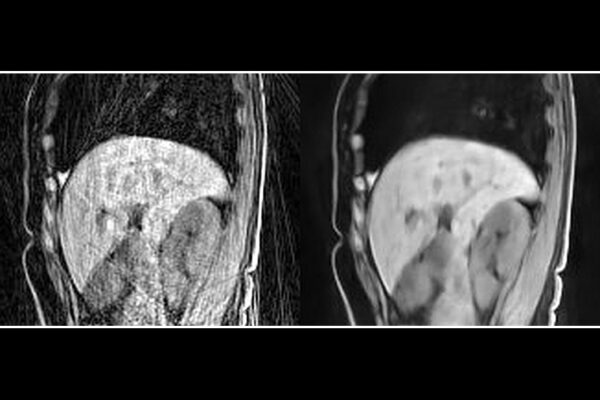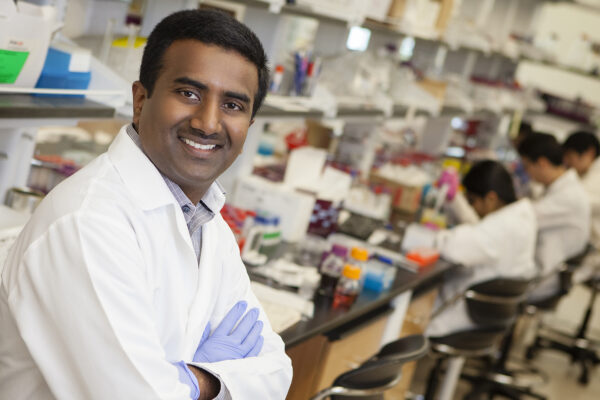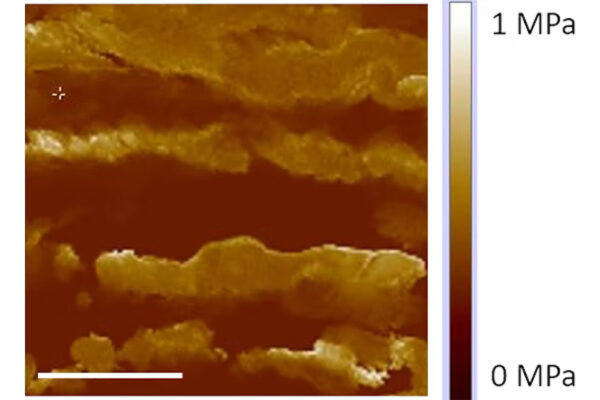Four Washington University in St. Louis faculty members have been named Fellows of the American Institute for Medical and Biological Engineering (AIMBE), joining 20 existing Fellows at Washington University. They are among 140 engineers inducted March 27 in Washington.
AIMBE’s College of Fellows is limited to the top 2% of medical and biological engineers and are those who are regularly recognized for their contributions in teaching, research and innovation.
Hongyu An
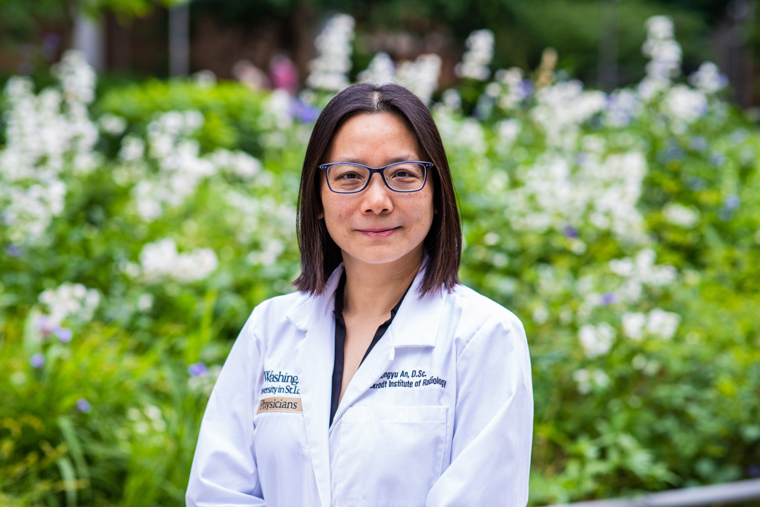
Hongyu An is a professor of radiology at the School of Medicine. She works on developing new magnetic resonance (MR) imaging and combined positron emission tomography (PET) and MR methods to improve clinical diagnosis and patient management. Her research has led to the first validated MR technique to measure how much oxygen a person’s brain is using at a given moment. Oxygen utilization is a key indicator of brain function and metabolism.
An is also a professor of neurology at the School of Medicine, a professor of biomedical engineering and of electrical and systems engineering at McKelvey School of Engineering, and director of the Biological MR Center and associate director of the Center for Clinical Imaging Research at the School of Medicine’s Mallinckrodt Institute of Radiology.
Elliot Elson
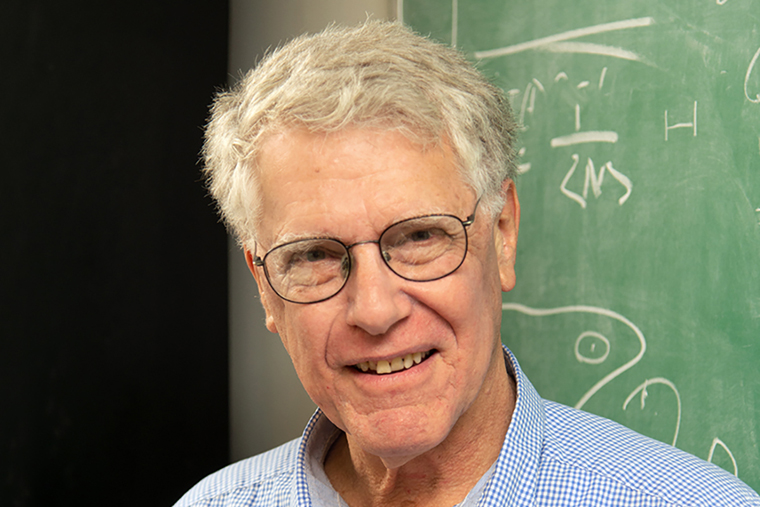
Elliot L. Elson, a professor emeritus in the Department of Biochemistry and Molecular Biophysics at the School of Medicine, is known for his pioneering role in developing microscopy methods that are now standard tools in the field of biophysics.
Thousands of researchers around the world utilize fluorescence correlation spectroscopy and fluorescence recovery after photobleaching, methods Elson developed to reveal the complex inner workings of cells and their environments. His papers on these methods have had a tremendous impact on the field, with more than 5,000 citations in the scientific literature.
Such techniques help scientists around the world can study how cells move, change shape and maintain their structure.
Elson is an elected member of the National Academy of Sciences and the American Academy of Arts & Sciences.
Srikanth Singamaneni
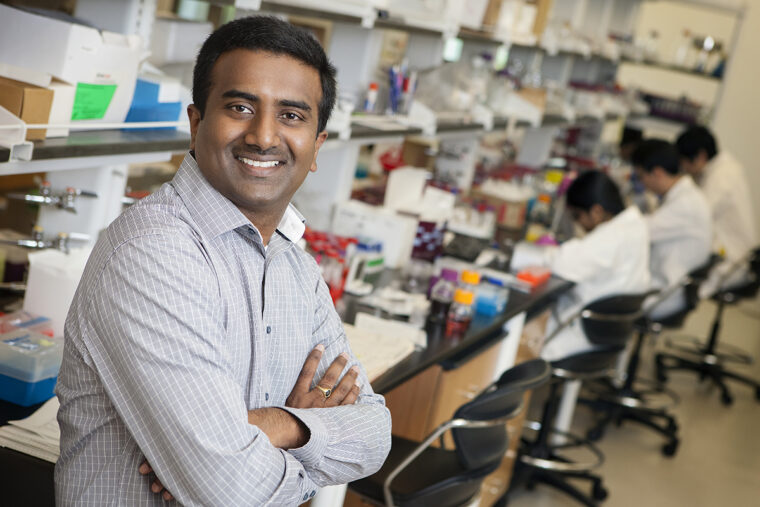
As the Lilyan & E. Lisle Hughes Professor in Mechanical Engineering & Materials Science at the McKelvey School of Engineering, Srikanth Singamaneni’s research includes plasmonic engineering in nanomedicine, including in vitro biosensing for point-of-care diagnostics and in resource-limited settings, molecular bioimaging and nanotherapeutics.
Singamaneni was nominated for innovative developments in plasmonic nanostructures and metal-organic frameworks and for their application to biosensing, bioimaging, nanotherapeutics and biopreservation.
His lab also studies the design and synthesis of novel plasmonic and organic-inorganic hybrid nanostructures for various biomedical applications. A particular focus of his work is plasmon-enhanced fluorescence and Raman scattering for biosensing and bioimaging.
He has received a National Science Foundation CAREER Award and the Dean’s Faculty Award for Innovation in Research. He serves as an associate editor of ACS Applied Materials and Interfaces.
Jessica Wagenseil
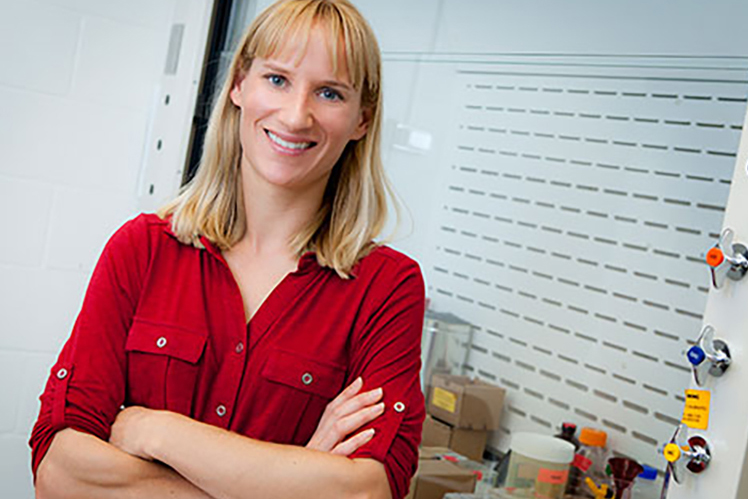
Jessica Wagenseil, a professor of mechanical engineering and materials science and vice dean for faculty advancement at the McKelvey School of Engineering, studies cardiovascular mechanics, specifically focusing on cardiovascular development, extracellular matrix and microstructural modeling. Her work is important for determining clinical interventions for elastin-related diseases and for designing better protocols for building tissue-engineered blood vessels.
Wagenseil was nominated for fundamental contributions to our understanding of how large, elastic arteries remodel and adapt during development and disease.
Her work has been funded by the National Institutes of Health (NIH), National Science Foundation, American Heart Association and the Marfan Foundation. She is actively involved in outreach to middle school students from underrepresented groups and is associate chair of the Equity, Diversity and Inclusion Committee at McKelvey Engineering.
Read more on the engineering website.
— Tamara Bhandari, Beth Miller and Julia Strait contributed to this story.
